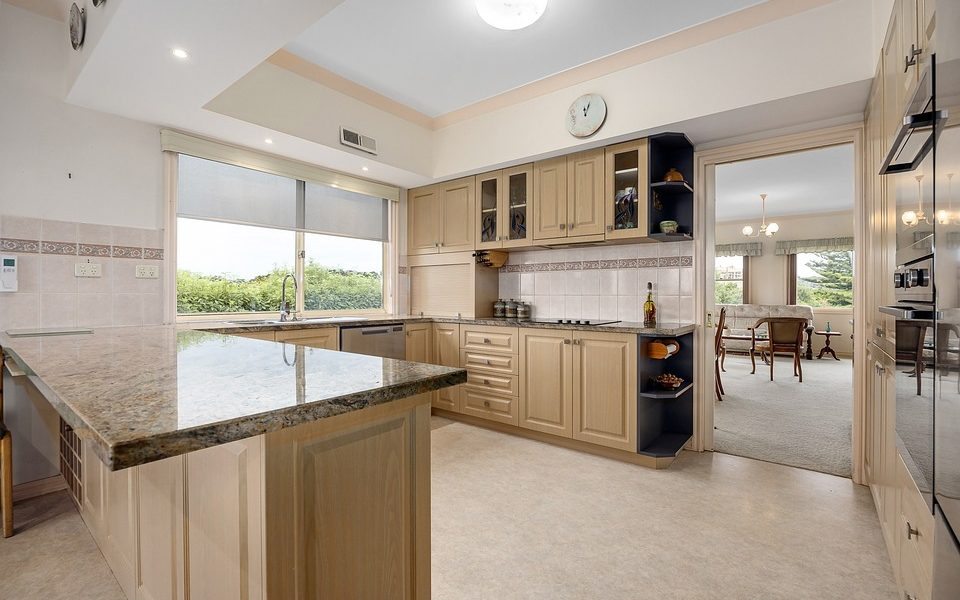The Ultimate Guide to Investing in Modular Homes: Everything You Need to Know
Introduction
Investing in modular homes has become an increasingly popular option for real estate investors seeking to diversify their portfolios and generate passive income. Modular homes offer a range of benefits, including lower construction costs, faster build times, and the ability to earn rental income or resale profits. In this ultimate guide, we’ll explore everything you need to know about investing in modular homes, from the basics of modular construction to the best strategies for maximizing your returns.
Understanding Modular Homes
Modular homes are prefabricated homes that are constructed in a factory setting and then transported to a site for final assembly. Unlike mobile homes, which are designed to be easily transported, modular homes are built to the same building codes and standards as traditional stick-built homes. This means that they offer the same level of quality and durability as site-built homes.
One of the main advantages of modular homes is their cost-effectiveness. Because the homes are built in a controlled factory environment, construction costs are typically lower than those of traditional homes. Additionally, modular homes can be built much more quickly than traditional homes, reducing build times and allowing investors to start earning rental income or resale profits sooner.
Finding the Right Location
As with any real estate investment, location is key when investing in modular homes. Before purchasing a modular home, it’s important to research the local real estate market and identify areas that are in high demand for rental properties or resale homes. Look for neighborhoods with strong job markets, good schools, and low crime rates, as these factors can increase the value of your investment over time.
In addition, consider the infrastructure and amenities in the area, such as public transportation, shopping centers, and recreational facilities. These features can make your property more attractive to potential tenants or buyers, increasing your chances of earning a high return on investment.
Choosing the Right Modular Home
When investing in modular homes, it’s important to choose the right home design and features to appeal to your target market. Consider factors such as the size of the home, the number of bedrooms and bathrooms, and the layout of the living spaces. Look for homes that offer modern finishes and amenities, such as stainless steel appliances, granite countertops, and hardwood floors, as these features can attract higher-paying tenants or buyers.
In addition, consider the resale potential of the home. Choose a modular home design that is likely to appeal to a broad range of buyers, such as a single-story ranch or a two-story colonial. Avoid highly customized designs or niche styles that may limit your pool of potential buyers and make it harder to sell the property for a profit.
Financing Your Investment
When investing in modular homes, it’s important to secure the right financing to support your investment goals. Traditional mortgage lenders may be hesitant to provide loans for modular homes, as they are considered non-traditional forms of construction. However, there are specialized lenders who offer financing specifically for modular homes, including construction loans, land loans, and mortgage loans for manufactured homes.
Before applying for financing, gather all the necessary documentation, such as your credit report, income statements, and asset information. Shop around for the best loan terms and rates, comparing offers from multiple lenders to ensure you’re getting the best deal. Consider working with a real estate agent or mortgage broker who specializes in modular homes to help you navigate the financing process and find the right loan for your investment.
Managing Your Modular Home Investment
Once you’ve purchased a modular home, it’s important to manage your investment effectively to maximize your returns. If you’re planning to rent out the property, consider hiring a property management company to handle tenant screening, rent collection, and property maintenance. This can help you avoid the headaches of being a landlord while ensuring that your property is well-maintained and generating a steady stream of rental income.
If you’re planning to sell the property for a profit, work with a real estate agent who specializes in modular homes to market the property effectively and attract qualified buyers. Consider staging the home to showcase its best features and make it more appealing to potential buyers. Be prepared to negotiate with buyers to secure the best possible sale price and terms for your investment.
Conclusion
Investing in modular homes can be a smart way to diversify your real estate portfolio and generate passive income. By understanding the basics of modular construction, choosing the right location and home design, securing the right financing, and effectively managing your investment, you can maximize your returns and build a successful portfolio of modular home investments. Whether you’re a first-time investor or a seasoned real estate professional, the ultimate guide to investing in modular homes can help you navigate the process and make smart investment decisions for long-term success.






